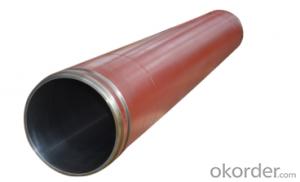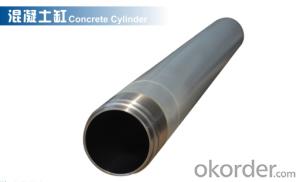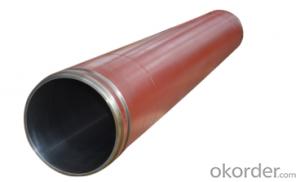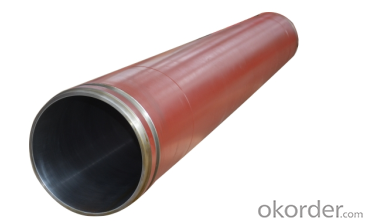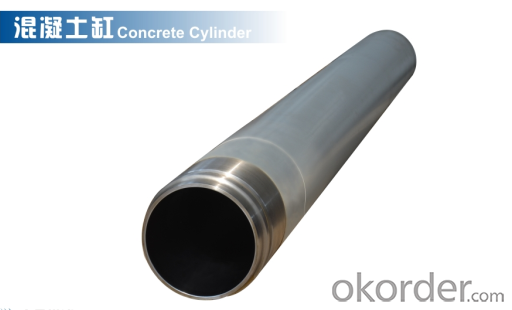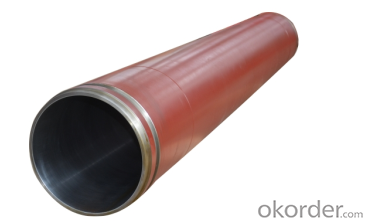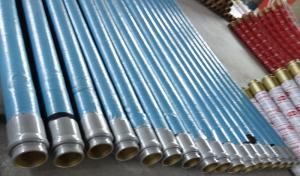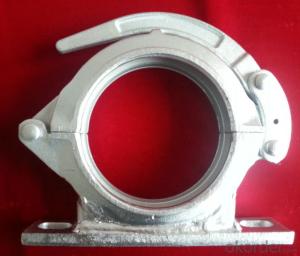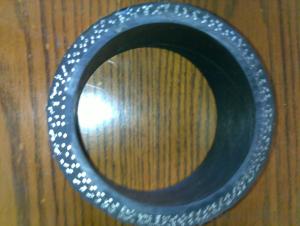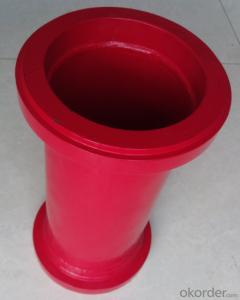DELIVERY CYLINDER(SCHWING ) I.D.:DN250CR. THICKNESS :0.25MM-0.3MM LENGTH:2635MM
- Loading Port:
- Shanghai
- Payment Terms:
- TT OR LC
- Min Order Qty:
- 2 pc
- Supply Capability:
- 1000 pc/month
OKorder Service Pledge
Quality Product, Order Online Tracking, Timely Delivery
OKorder Financial Service
Credit Rating, Credit Services, Credit Purchasing
You Might Also Like
Packaging & Delivery
| Packaging Detail: | wooden case, seaworthy packing |
| Delivery Detail: | 15 days |
Specifications
Concrete Pump Delivery Cylinder DN230*2100
1. Capacity: 60,000~80,000cbm
2. Size: DN180, DN200, DN230..
4. Brand: PM, Sany,ZM
Concrete Pump Delivery Cylinder DN230*2100
1. Material: C45
2. quenching and tempering to improve the hardness to HB241-280
3. inner wall chrome thickness is 0.25-0.30mm, hardness HV820-900.
4. Brand: SCHWING, PM, SANY, KYOKUTO, CIFA
5. Capacity: 60,000~80,000cbm
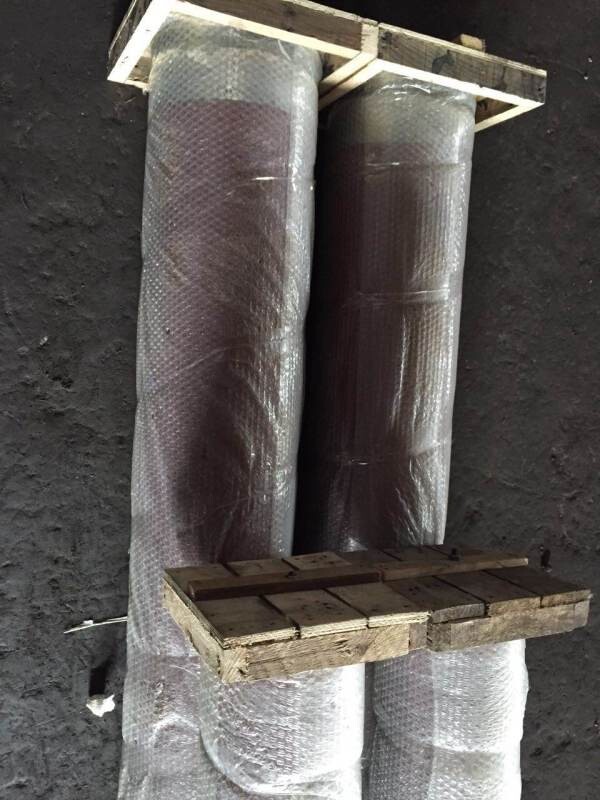
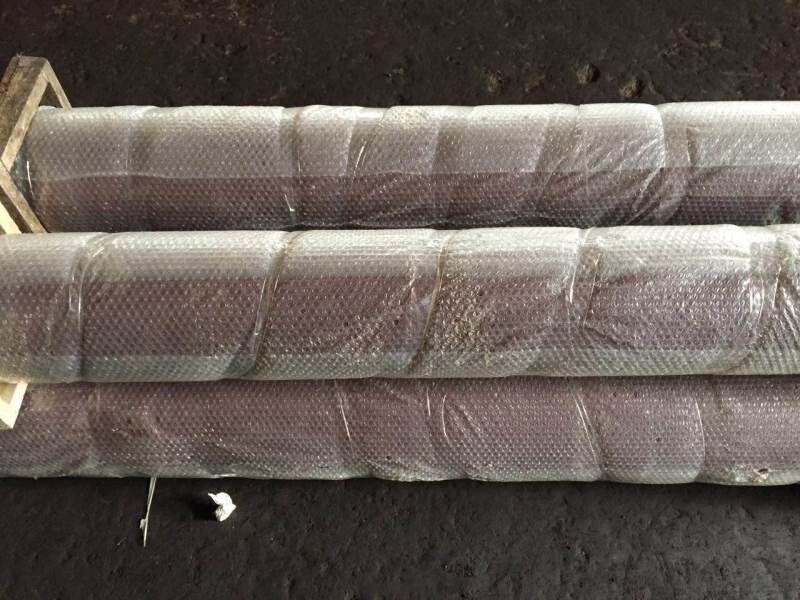
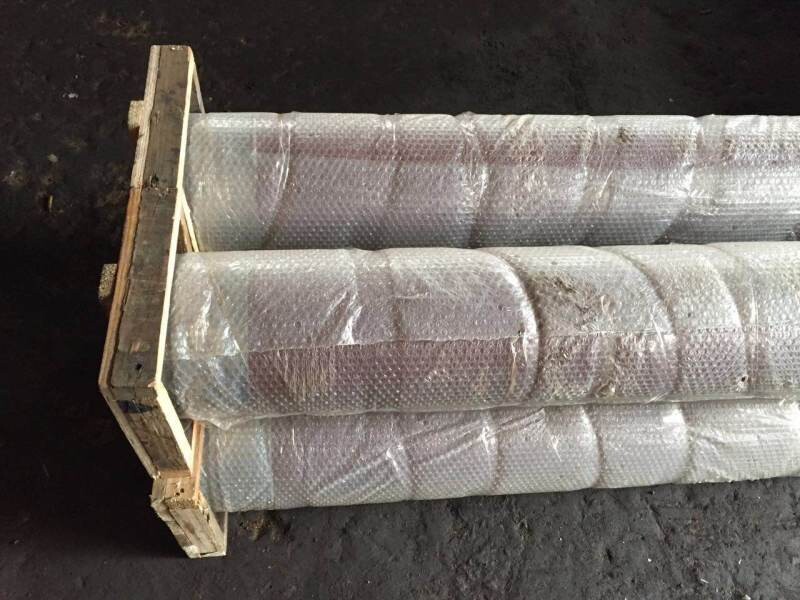
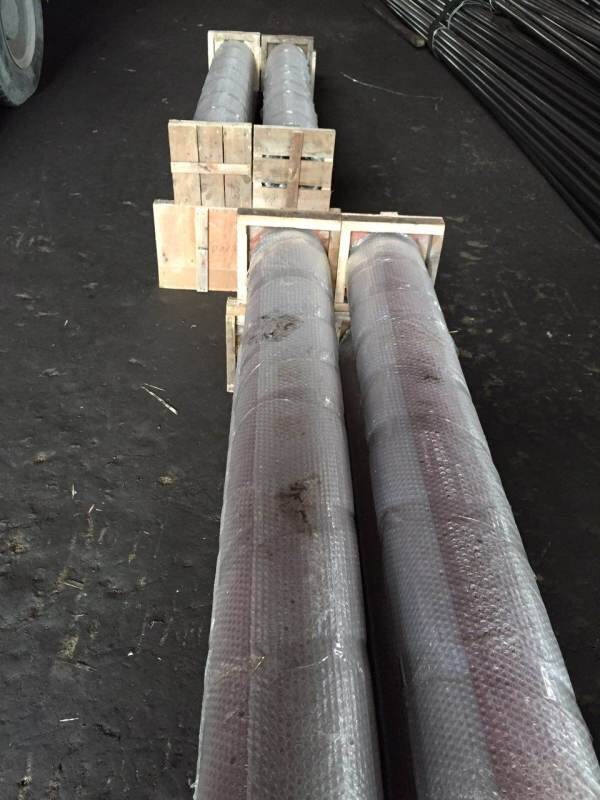
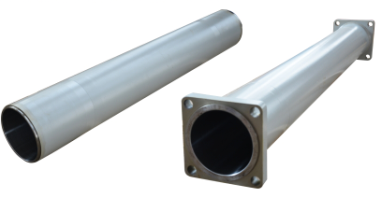
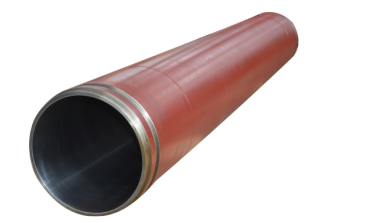
- Q: Are there any cost-effective alternatives to original concrete pump spare parts?
- Yes, there are cost-effective alternatives to original concrete pump spare parts available in the market. These alternatives, often referred to as aftermarket parts, are manufactured by third-party companies and offer similar quality and functionality as the original parts but at a lower price. However, it is crucial to ensure that the aftermarket parts are compatible with the specific make and model of the concrete pump to ensure proper fit and performance.
- Q: Are there any specific guidelines for the installation of wear plates or wear rings in concrete pump spare parts?
- Yes, there are specific guidelines for the installation of wear plates or wear rings in concrete pump spare parts. These guidelines ensure proper installation and optimal performance of the equipment. Here are some key guidelines to consider: 1. Inspection: Before installation, thoroughly inspect the wear plates or wear rings for any damage or defects. Any damaged or worn-out parts should be replaced to ensure efficient operation. 2. Cleanliness: Ensure that the concrete pump and all related components are clean and free from debris or contaminants. This will help prevent premature wear and extend the lifespan of the wear plates or wear rings. 3. Lubrication: Apply a suitable lubricant to the wear plates or wear rings before installation. This will help reduce friction and extend the service life of these components. 4. Alignment: Proper alignment is crucial for the effective functioning of wear plates or wear rings. Ensure that the plates or rings are aligned correctly and securely fixed in place. Misalignment can cause premature wear and damage to the equipment. 5. Tightening: Use the recommended torque specifications to tighten the bolts or fasteners that secure the wear plates or wear rings. Over-tightening or under-tightening can lead to improper functioning or damage to the equipment. 6. Regular Maintenance: Implement a regular maintenance schedule to inspect and replace worn-out wear plates or wear rings. Regular maintenance will help identify and address any issues before they lead to major breakdowns or costly repairs. It is important to consult the manufacturer's guidelines and follow their specific instructions for the installation of wear plates or wear rings in concrete pump spare parts. Adhering to these guidelines will ensure optimal performance and longevity of the equipment.
- Q: How often should hopper agitator shaft seals be replaced in a concrete pump?
- Hopper agitator shaft seals in a concrete pump should be replaced as per the manufacturer's recommendations. However, as a general guideline, it is advisable to inspect and replace them annually or whenever signs of wear, leakage, or reduced performance are observed. Regular maintenance and proper lubrication can also help prolong the lifespan of these seals.
- Q: What are the different types of concrete pump hopper cylinders seals?
- There are several different types of concrete pump hopper cylinder seals, including piston seals, rod seals, wiper seals, and buffer seals.
- Q: How often should the concrete pump wear plate be replaced?
- The frequency of replacing the concrete pump wear plate depends on several factors such as the type of concrete being pumped, the volume of concrete being pumped, and the operating conditions of the pump. Generally, wear plates are designed to withstand a certain amount of wear and tear before requiring replacement. In most cases, it is recommended to inspect the wear plate regularly to check for signs of excessive wear. This can include visible cracks, erosion, or a significant decrease in thickness. Regular visual inspections can help determine when it is time to replace the wear plate. Additionally, monitoring the pump's performance and efficiency can also provide insights into the wear and tear on the wear plate. If there is noticeable decrease in the pump's output or an increase in the required pumping pressure, it may indicate that the wear plate needs to be replaced. However, it is important to consult the manufacturer's guidelines and recommendations for your specific concrete pump model. They often provide recommendations on the expected lifespan of the wear plate and the intervals at which it should be replaced. Following these guidelines can help ensure optimal performance and longevity of your concrete pump.
- Q: How do I properly maintain and replace filters in concrete pump spare parts?
- Proper maintenance and replacement of filters in concrete pump spare parts is crucial for ensuring the smooth and efficient operation of the equipment. Here are a few steps to follow: 1. Regular Inspection: Regularly inspect the filters for any signs of wear, clogs, or damage. Clean or replace them as necessary to maintain optimal performance. 2. Cleaning: If the filters are reusable, clean them according to the manufacturer's instructions. Use compressed air or a mild detergent solution to remove dirt, debris, and clogs. Ensure the filters are completely dry before reinstalling them. 3. Filter Replacement: If the filters are disposable or damaged beyond repair, replace them with suitable replacements recommended by the manufacturer. Ensure that the new filters are of the correct size and specifications. 4. Replacement Schedule: Follow the recommended replacement schedule provided by the manufacturer. Filters may need to be replaced based on usage hours, operating conditions, or as part of routine maintenance. Adhering to this schedule will help prevent premature wear and maintain the efficiency of the concrete pump. 5. Proper Installation: When replacing filters, ensure they are installed correctly, following the manufacturer's instructions. Improper installation can lead to leaks, reduced performance, or damage to the concrete pump. 6. Record Keeping: Maintain a record of filter replacements, cleaning, and maintenance activities. This will help track the lifespan of filters, anticipate replacement needs, and ensure timely maintenance. By following these steps, you can ensure that the filters in your concrete pump spare parts are properly maintained and replaced, promoting the longevity and efficiency of the equipment.
- Q: How often should concrete pump booms be inspected and maintained?
- Concrete pump booms should be inspected and maintained regularly, ideally on a monthly basis or as recommended by the manufacturer. This regular inspection and maintenance schedule helps ensure the safe and efficient operation of the equipment and minimize potential risks or breakdowns.
- Q: What are the fittings of concrete pump?
- Fine stone concrete pump parts are: main oil cylinder, concrete cylinder, three-phase asynchronous motor, main oil pump, hopper, S pipe, electric distribution cabinet, hand oil pump, piston
- Q: How does a hopper agitator blade ensure smooth concrete flow?
- To guarantee a seamless flow of concrete, a hopper agitator blade is employed to mix and disintegrate any clumps or air pockets in the concrete mixture. Specifically designed to be positioned inside the hopper, the blade rotates and agitates the concrete, ensuring a homogeneous and steady state. While in rotation, the blade disperses any settled aggregates at the hopper's base, preventing blockages or uneven distribution during the pouring procedure. This uninterrupted mixing action guarantees that the concrete remains well-blended and effortlessly pours out of the hopper. Furthermore, the agitator blade aids in breaking up any air bubbles that may have formed within the concrete mixture. These air bubbles can compromise the structural integrity of the concrete and lead to an uneven final appearance. By agitating the concrete, the blade effectively releases trapped air, promoting a consistently dense mixture. In essence, a hopper agitator blade guarantees a seamless flow of concrete by effectively blending the mixture, breaking apart any clumps or air pockets, and fostering a uniform composition. This ensures that the concrete pours smoothly and evenly during the pouring process, resulting in a top-notch end product.
- Q: How often should hydraulic oil filters be replaced in a concrete pump?
- Hydraulic oil filters in a concrete pump should be replaced regularly according to the manufacturer's recommendations. Typically, it is recommended to replace hydraulic oil filters every 500 to 1,000 hours of operation or annually, whichever comes first. However, the specific replacement frequency may vary based on factors such as the operating conditions, environment, and the quality of hydraulic oil used. Regular maintenance and monitoring of the filter's condition can help determine the appropriate replacement interval to ensure efficient and reliable performance of the concrete pump.
Send your message to us
DELIVERY CYLINDER(SCHWING ) I.D.:DN250CR. THICKNESS :0.25MM-0.3MM LENGTH:2635MM
- Loading Port:
- Shanghai
- Payment Terms:
- TT OR LC
- Min Order Qty:
- 2 pc
- Supply Capability:
- 1000 pc/month
OKorder Service Pledge
Quality Product, Order Online Tracking, Timely Delivery
OKorder Financial Service
Credit Rating, Credit Services, Credit Purchasing
Similar products
Hot products
Hot Searches
Related keywords
